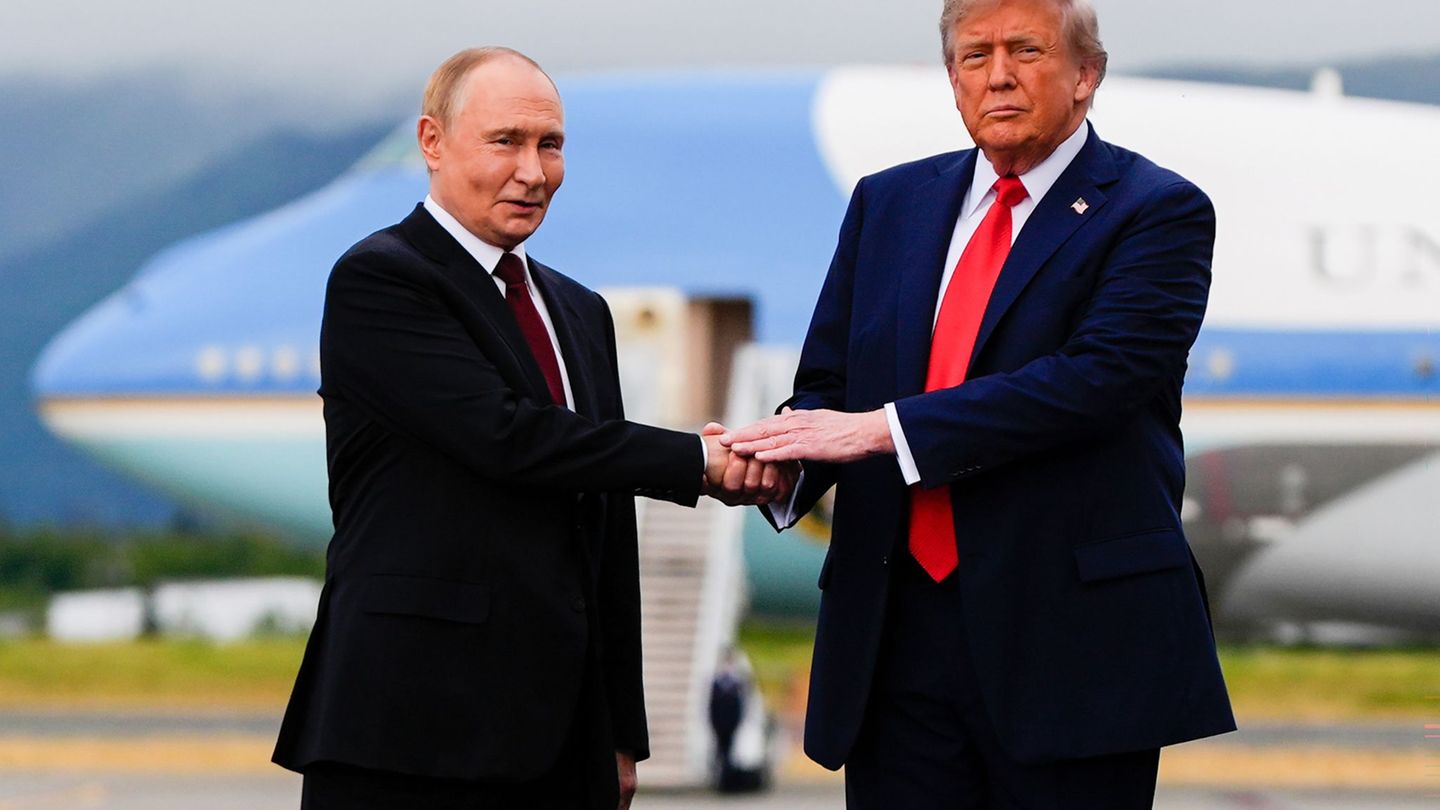The exchange unification and the bands implemented by the Government Last Monday, April 14, he had his first response between the savers and, according to the official data published by the Central Bank of the Argentine Republic (BCRA), the Deposits in dollars from the private sector marked an increase of more than US $1 billion during the first days of the new scheme.
In detail, the last data of the BCRA – corresponding to April 25 – revealed that the Deposits in dollars from the private sector They exceeded the U $ 30.200 million and, on the other hand, those corresponding to the public sector in the financial institutions rose just over U $ 2,500 million.
The increase in deposits in dollars
Since the Government implemented exchange unification on April 14, the dollar deposits of the private sector showed a recovery with an increase of more than US $ 1 billion dollars. This rebound occurred after a negative year, where foreign currency deposits fell into U $ 2,500 million until the last business day before liberalization.
The flexibility of restrictions and partial liberalization of the exchange market seem to have triggered a change in expectations and allowed individuals Make foreign currency purchaseswhich quickly hit the numbers of the Central Bank. On the other hand, the BCRA data also show that, in that same period, the savers disarmed Fixed term placements in pesos for $ 1.76 billion. The figures date from Friday 11 to Tuesday, April 22.
End.jpg
The Government announced the departure of the CEPO on April 11.
Image created with artificial intelligence
On the other hand, the favorable real exchange rate and the performance of macroeconomic variables, such as the commercial surplus and the arrival of currencies by agricultural exports, contributed to an environment conducive to the dollarization of portfolios. Despite the recent appreciation of the weight, Many little investors preferred the security of the dollar.
BCRA figures stand out since it is estimated that Argentines have more than US $200,000 million outside the formal financial system. “That money is under the mattress and God knows where,” had expressed the director of the IMF, Kristalina Georgieva on Argentine savings.
In this context, capital entries were favored by the disbursement of US $ 12,000 million from the International Monetary Fund (IMF)which reinforced international reserves and provided signs of confidence to the market.
On repeated occasions, from the economic team of the Government of Javier Milei they raised their intention to generate conditions for Argentines The dollars saved to the system “In the matt They have to give expectations that do not exist today (…) For that to happen, the government should be buying reservations. “
Dollar, rate or inflation: which can win the race in May
The recent reconfiguration of the exchange regime by the government again altered the delicate balance between dollar, inflation and interest rates. However, market projections for May suggest American currency would advance at a lower pace than prices and yields in pesos.
During April, the economic team led by Luis Caputo decided to abandon the controlled devaluation scheme of 1% monthly, known as “Crawling Peg”, And he opted instead for a Flotation band system for the official exchange rate. With the partial liberalization of the market for human people, it was established that the Central Bank will not intervene while the dollar is Keep within a default range.
That initial range was set between $ 1,000 and $ 1,400. In practice, as the dollar moved within those limits, the BCRA did not intervene in the market. Anyway, some analysts do not rule out that the monetary authority goes out to buy currencies in the short term to reach Reserve goals agreed with the International Monetary Fund (IMF).
In this context, the official wholesale exchange rate accumulated a 8.9% rise during Aprilalthough the movement was more limited than the market had anticipated. The entry of currencies through the thick harvest and moderation in devaluation expectations helped to contain pressure on the dollar.
According to future dollar contracts negotiated in Matba Rofex, it is expected that The dollar rises just 2.3% in May. For subsequent months, adjustment projections are located between the 1.5% and 2.3% monthly, which indicates a relative stability expectation for the exchange market in the short term.
Regarding yield in pesos, Traditional fixed deadlines today offer an average annual nominal rate of 30.8% in the country’s main bankswhich translates into a 2.6% monthly. This figure, at least for now, allows savers to obtain returns superior to the expected devaluation.
Source: Ambito




